O Prof. Dr. Fernando Carlos Giacomelli é Químico (2004) formado na Universidade Federal de Santa Catarina (UFSC – Florianópolis / Brasil) e Doutor em Química (2009) formado pelo Programa de Pós-Graduação em Química da Universidade Federal do Rio Grande do Sul (UFRGS – Porto Alegre / Brasil) com período sanduíche no Institute of Macromolecular Chemistry – Czech Academy of Sciences – Prague, Czech Republic). Entre 2009-2010 foi pesquisador vinculado ao Laboratório Nacional de Luz Síncrotron (LNLS) localizado em Campinas (São Paulo) e entre 2019-2020 foi professor visitante junto ao Institut Parisien de Chimie Moléculaire (IPCM) na Sorbonne Université (Paris). Desde 2012 é Bolsista de Produtividade em Pesquisa do CNPq (atualmente Nível 1-D), e desde 2018 é Editor Associado do Journal of the Brazilian Chemical Society. O prof. Giacomelli possui linhas de pesquisa inseridas na grande área de polímeros e coloides, mais especificamente em coloides poliméricos visando aplicações médicas. O grupo de pesquisa possui disponibilidade para receber alunos de pós-graduação que tenham interesse em investigações que envolvam i) a fabricação de complexos eletrostáticos com potencial aplicação em terapias genéticas, ii) o desenvolvimento de vesículas poliméricas que possam ser utilizadas como nanoreatores e iii) investigações relacionadas a coroas proteicas sobre nanomateriais. O prof. Giacomelli atualemente participa de projeto Temático FAPESP e informações detalhadas podem ser obtidas clicando aqui.






